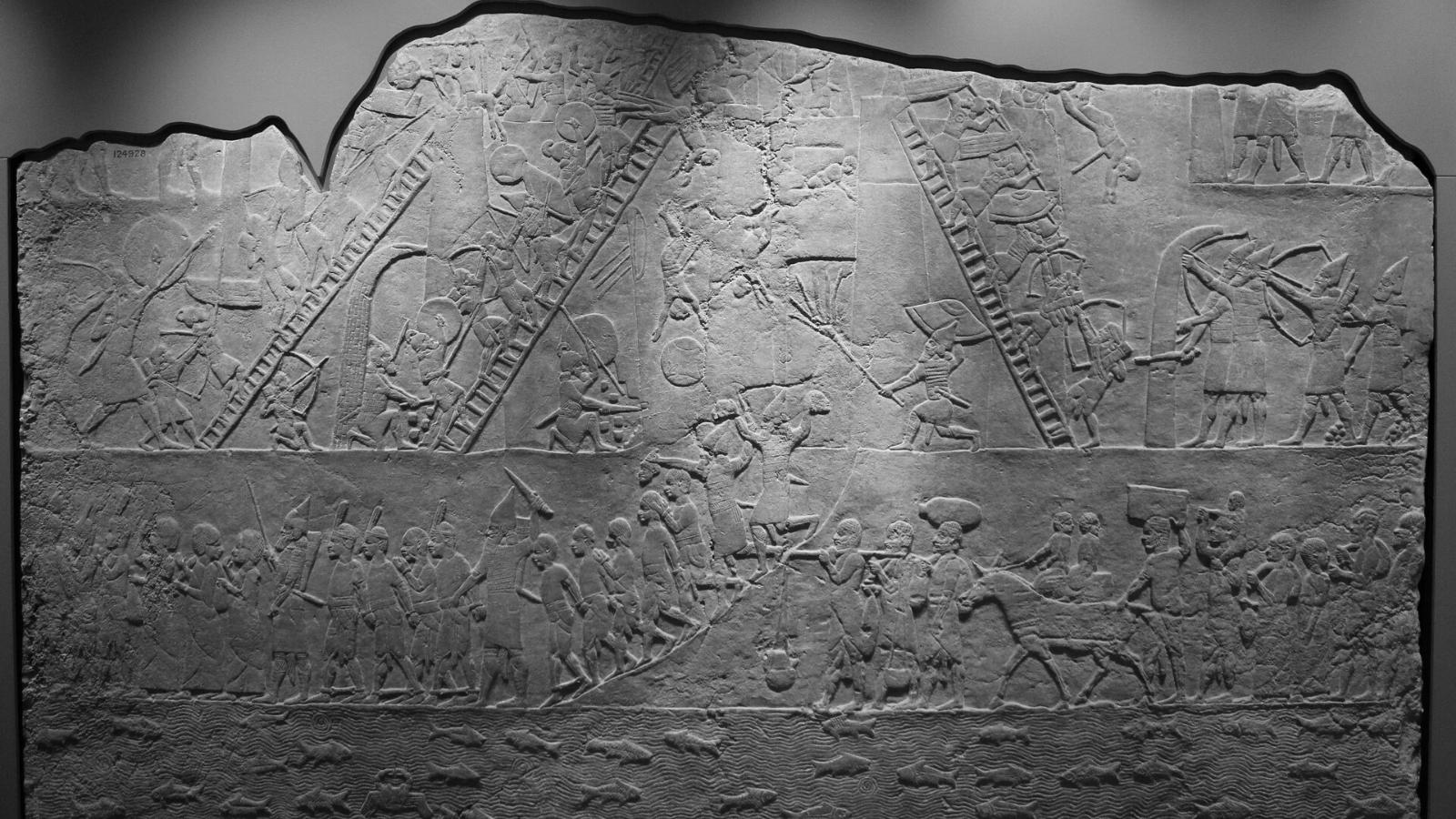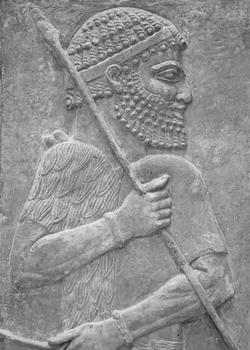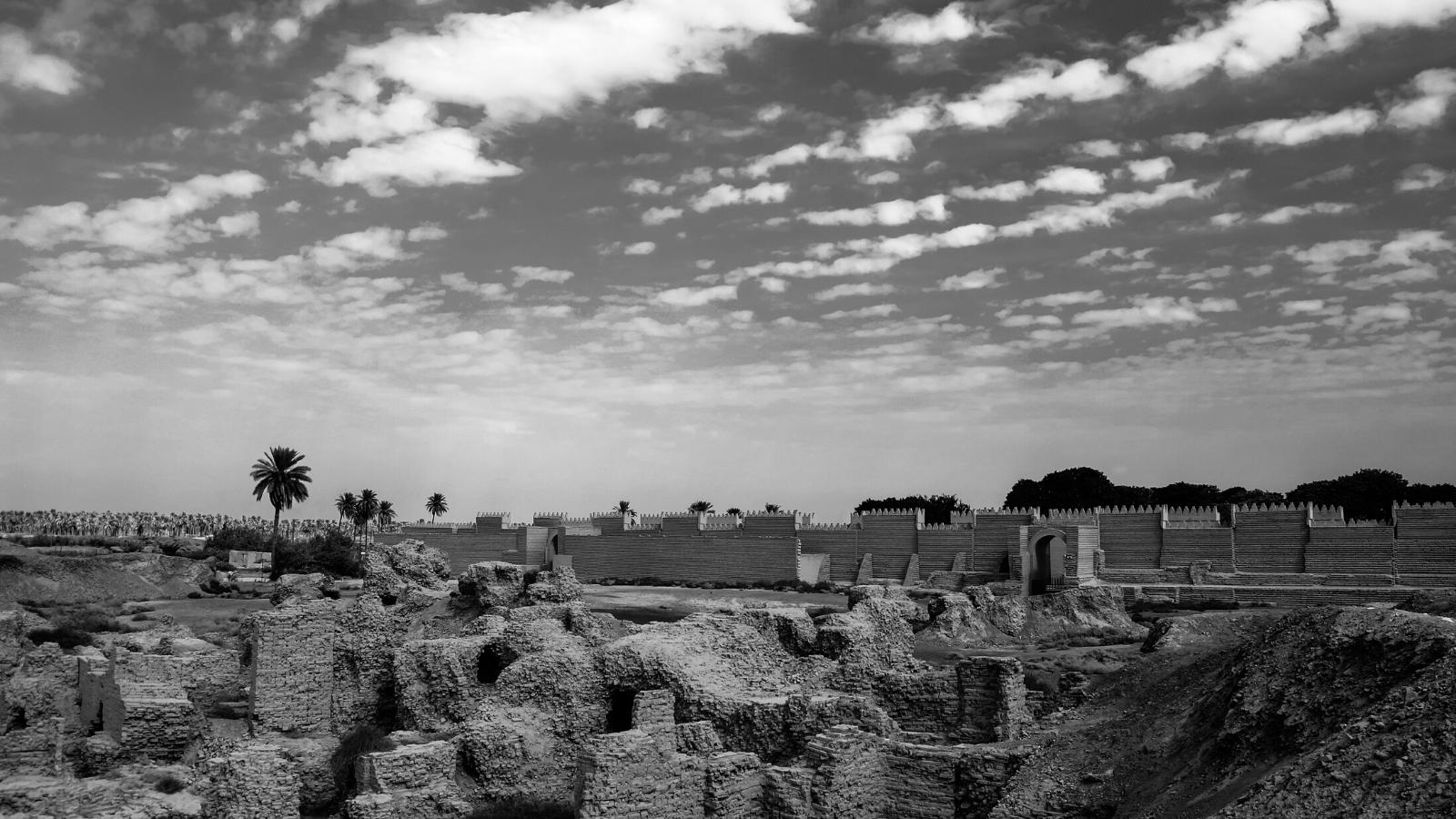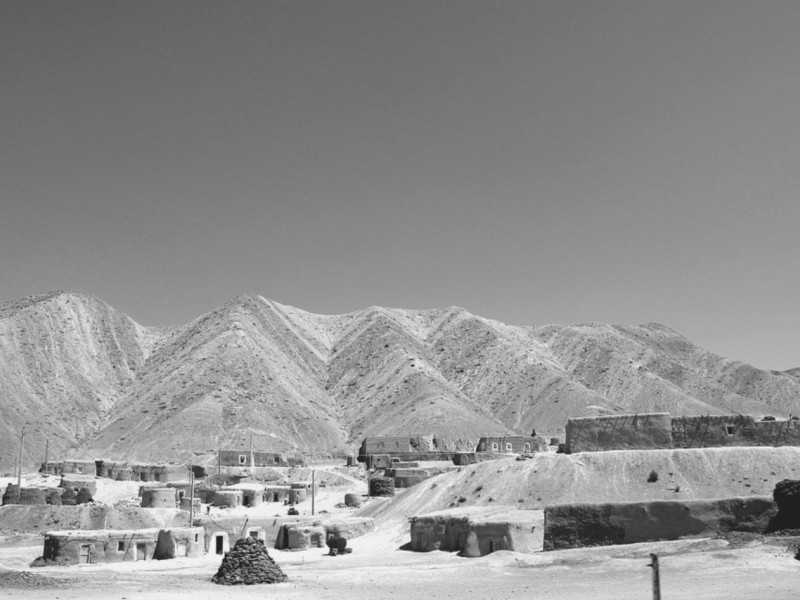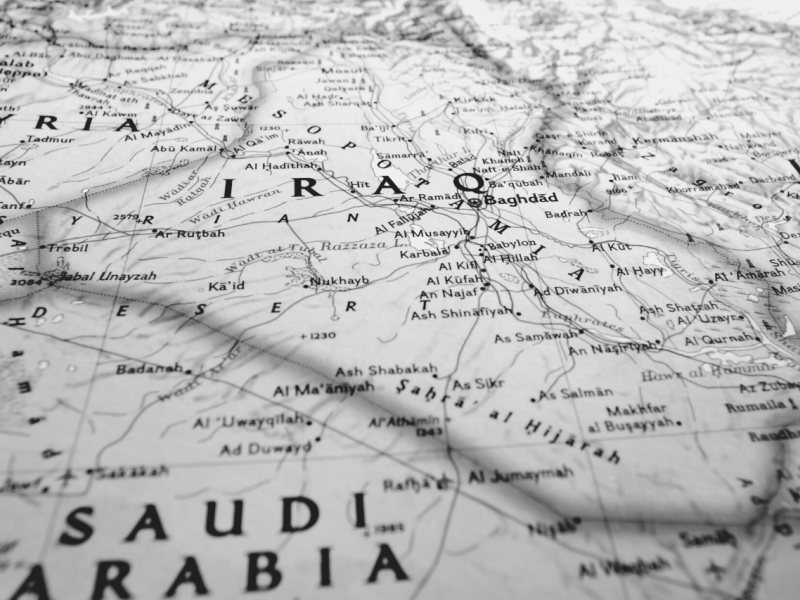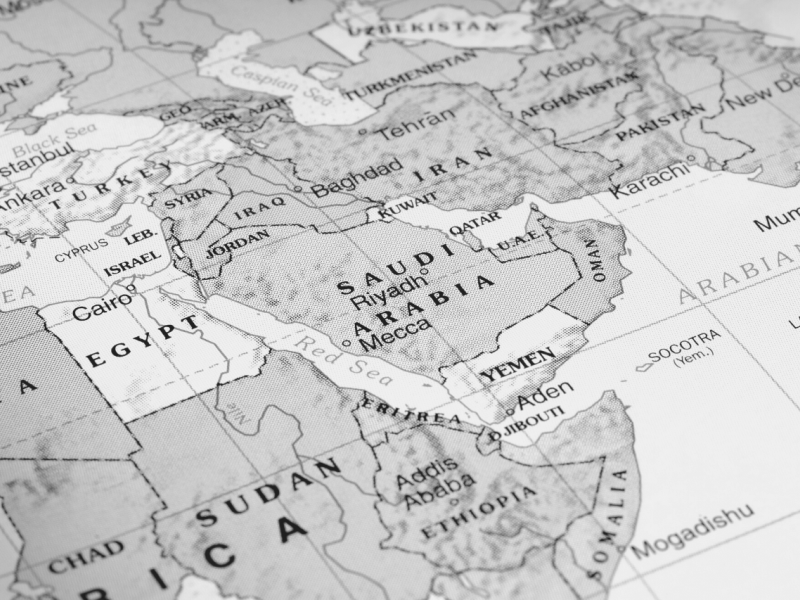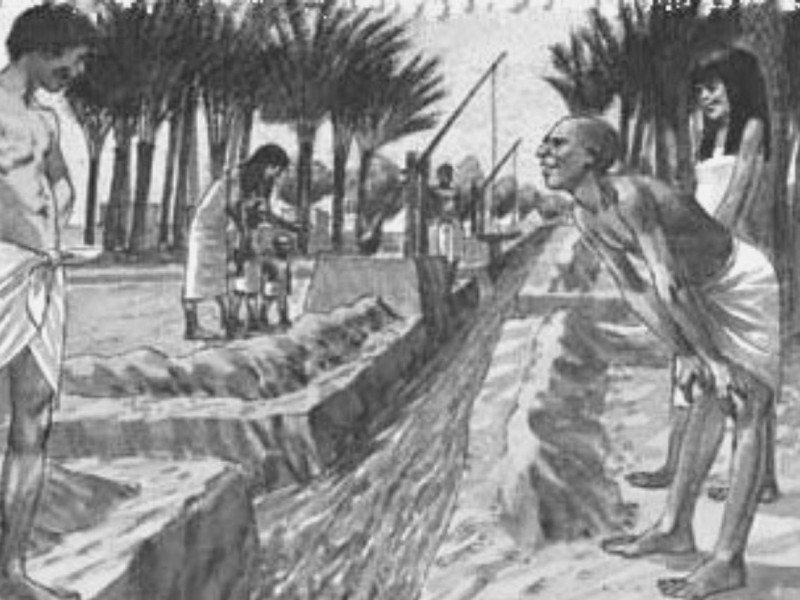Ancient Worlds: Why Is Mesopotamia Called the Cradle of Civilization?
Mesopotamia, called the cradle of civilization, was an ancient region located in modern-day Iraq. It was located between the Tigris and the Euphrates Rivers, and this region is part of what is known as the Fertile Crescent because of its fertile agriculture.
Read on to discover the answer to the question “Why is Mesopotamia Called the Cradle of Civilization?”
Why Is Mesopotamia Called the Cradle of Civilization?
Mesopotamia, known as the cradle of civilization, was a very fertile region, and its fertility came from its excellent location: between two rivers. The easy access to water meant that farming was very fruitful, and because of that, this area was the home to many ancient civilizations.
This is the reason it was nicknamed “the Cradle of Civilization.” Because it was home to so many civilized societies and was the birthplace of many inventions, it opened access to trade that brought in new people and ideas.
Ancient Mesopotamia’s area covers the modern-day areas of:
Iraq
Some of Kuwait
The historical region also included:
The head of the Persian Gulf
Parts of Turkey
Iran
Syria
This historical region and center of civilization began thousands of years ago, and because of its fertile soil, it was the site of the Neolithic Revolution, an Agricultural Revolution that happened around 10,000 BC. The hunting/gathering way of old was given up for domesticity and settling down.
It made having a large population in society possible, and was yet another reason for why Mesopotamia was called the Cradle of Civilization.
A Brief History of Mesopotamia: The Birthplace of Civilization
Mesopotamia, considered the cradle of civilization, was the home of many civilizations and societies.
The first known civilization for the area was the Ancient Sumerians, and the earliest known language for the area was Sumerian. This civilization also produced artwork, inventions, commerce, and innovations. The Sumerians were responsible for great art such as pottery and textiles.
The written history of this region started with some early kings. Some famous leaders of the region were Hammurabi and Ashur-Uballit I.
Important cities in the area included Uruk, Nineveh, Sippar, Assur, and Babylon. Mesopotamia thrived and flourished for thousands of years, and other famous ancient civilizations in this region were the Assyrian Kingdom and the Babylonian Kingdom.
Ancient Mesopotamia and the Famed Language of the Sumerians
The earliest known language for this area was Sumerian. Other languages also existed such as some Semitic languages and Subartuan.
The Akkadian language emerged as a language during the Akkadian empire, but the people kept Sumerian as a language for government communication and for artistic and religious areas.
Cuneiform was invented for this language. This wedge-shaped language style was the form used for about fifteen languages of this region.
The Fertile Farming Style in the Cradle of Civilization
Because of the fertile soil, irrigation was easily done by farmers, making them very successful in this region. That was the reason so many civilizations decided to stop their trend of hunting and gathering to stick around this area for a while. The earliest civilizations were born along the edges of the rivers and marshy areas, where farmers could perform small-scale irrigation without needing city or government assistance.
Besides easy irrigation, other Mesopotamian inventions included dams/aqueducts used to control water. It rained far more during those times than it rains in the region now, so having enough water for their crops was not a usual concern for Mesopotamian farmers.
They used wooden plows to manage their fields, and then they planted crops such as barley, onions, grapes, turnips, apples and wheat. Because domestic life was becoming more and more popular, many farmers were able to create gardens with shaded palms.
In these gardens, they could grow cucumbers, leeks, beans, lentils, garlic, figs and more. These farmers also raised cattle and other farm animals, were able to milk cows and goats, and raised other animals for meat. They were also some of the first people groups to make beer and wine, eventually turning the agricultural revolution into an urban revolution.
Mesopotamian Achievements: Products of the Cradle of Civilization
The reason that Ancient Mesopotamia is so famous in history is because of what products came out of this fertile area. Throughout the various civilizations that lived in this area, so much was invented, created, and built.
Their achievements ranged from mathematics and medicine to technology and astronomy. The lessened need for hunting, gathering, and trying to survive meant people were free to have creative ideas and inventions and act upon them, and many of the inventions and successes in these fields are still used today.
Medicine in Mesopotamia: The Medical Achievements of the Babylonians
A lot of medicinal progress was developed during the Babylonian Era, and their oldest medicine texts date back to around 2000 BC. This famous text was called “The Diagnostic Handbook,” and it was written by a scholar at the time named Esagil-kin-apli.
Like physicians in Egypt at the time, Babylon created diagnoses, examinations and prognoses. They also came up with certain therapies and treatments.
The handbook discussed various symptoms and observations of certain physical states. Doctors at the time used bandages, pills and creams to help heal illnesses of all kinds, but they also went to the supernatural and used exorcism to help cleanse their ill patients from disease. This book helped to introduce the scientific study of medicine in the future.
Today, doctors use the same steps outlined in that handbook. They use examination, observation and inspection to inform themselves of the patient’s illness. Doctors then use what information they’ve found to create a diagnosis.
Technology in the Ancient World: Mesopotamia’s Tools
The peoples in this area were responsible for inventing many things in the technological world. They are the creators of copper and metal-working, glass-making, flood control, water storage, weaving and so much more.
In addition, they were also one of the very first Bronze Age societies in the world because of their wide usage of metals. They started from copper, iron, and bronze, and then later transitioned to iron.
People used these materials to decorate their buildings and weapons. They were credited with many inventions, such as creating the water system in the Hanging Gardens of Babylon during the Assyrian Empire. They also invented the Baghdad Battery, likely the world’s first battery, during later periods of history in Mesopotamia.
Mesopotamian Mathematics: The Origin of the Minute
Mathematics in Mesopotamia has a huge influence on us today. Thanks to the civilizations residing there and the mathematical system they used, we now have the 60-minute hour, the 24-hour day and the circle, which contains 360 degrees.
Measurements and formulas were beginning to be developed. Although they made some huge developmental steps, there were also errors, such as the exact number of pi.
The Cradle of Civilization, a Flourishing Center of Trade
Because of its location, Mesopotamia was the perfect place for a trade route. The civilizations there began to trade with the Indus Valley Civilization as early as the 3rd century BC, and they also had a trading relationship with Ancient Egypt.
This region was a great central route between Asia and the Mediterranean World, and it was considered a valuable part of the Silk Road. Aside from that, they were also able to connect Baghdad with the Eastern European world.
The region of Mesopotamia eventually ended after the fall of its last empire at around 539 BC.
Conclusion
Here are the main points that answer the question, “Why is Mesopotamia called the cradle of civilization?” described in the article above:
Mesopotamia is an ancient region located in what is now modern-day Iraq
It was part of the Fertile Crescent, a very fertile area covering much of the Middle East
It was located mainly between two rivers, the Tigris and the Euphrates
The convenient access to water made irrigation easy for farming and agriculture
The high rainfall in the area around Mesopotamia also made the harvests plentiful
Mesopotamia yielded barley, wheat, cucumbers, leeks, apples and much more
Because of its fertility, civilizations could move from hunting and gathering to a more settled and domestic life
Many civilizations and empires rose and fell in this region. These included the Sumerians, the Babylonians, and the Assyrians
The societies in Mesopotamia were responsible for many advancements, including medicine, astronomy, technology, language, literature and farming
The main language of this region that lasted throughout many eras was Sumerian, written in cuneiform
Because of their mathematical system, we can thank them for the 60-minute hour and the 24-hour day
This area was also a flourishing trade center
The region of Mesopotamia lasted until the fall of the Babylonian Empire in 539 BC
Mesopotamia was destined to flourish from the very beginning because of its excellent location. The land was fertile, the climate was suitable for both living and growing, and there was easy access to water so cities grew and expanded, leading to great ideas and creativity.
We have much to thank the Mesopotamians for, and that is why the ancient region was called the Cradle of Civilization.
